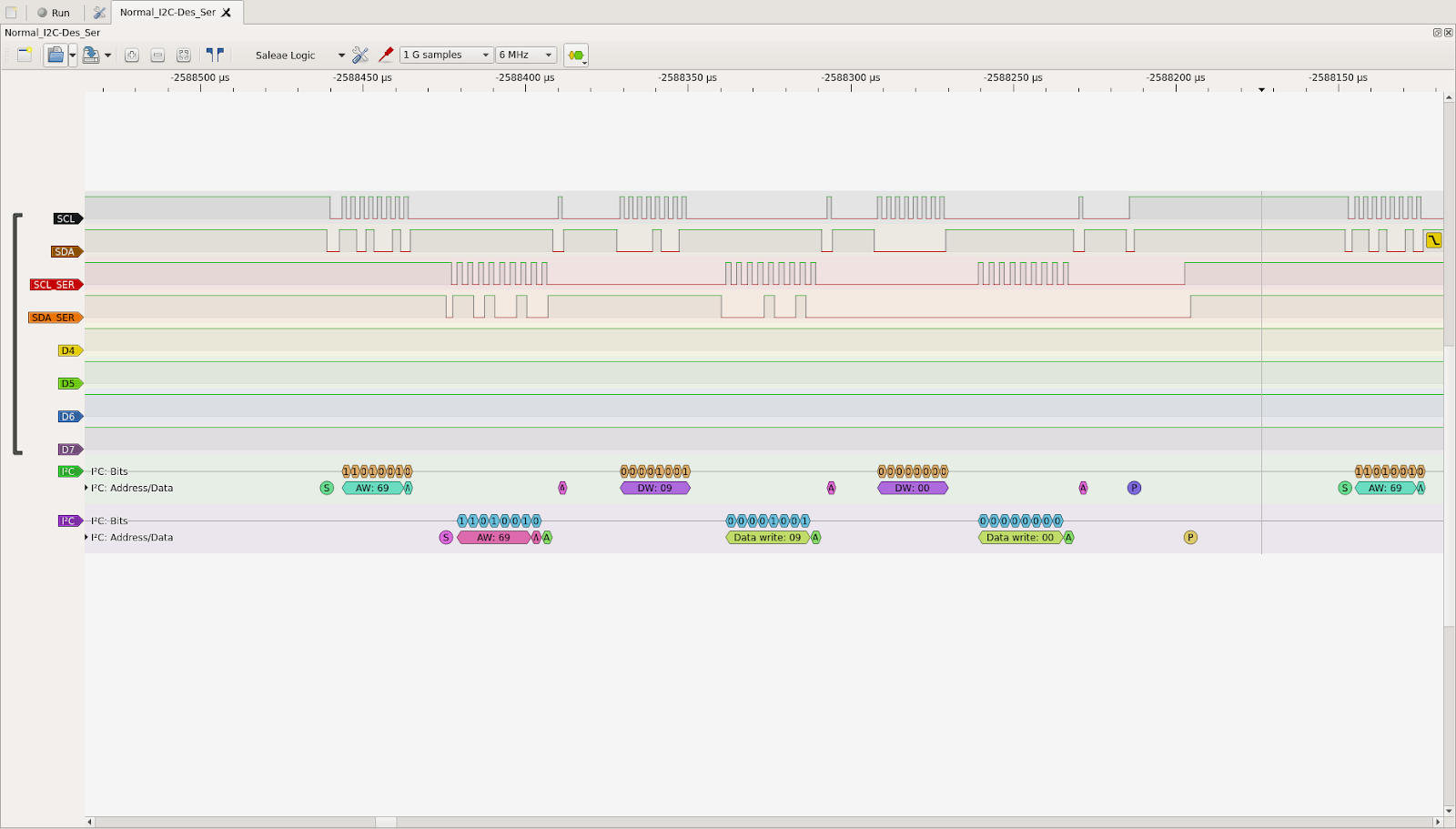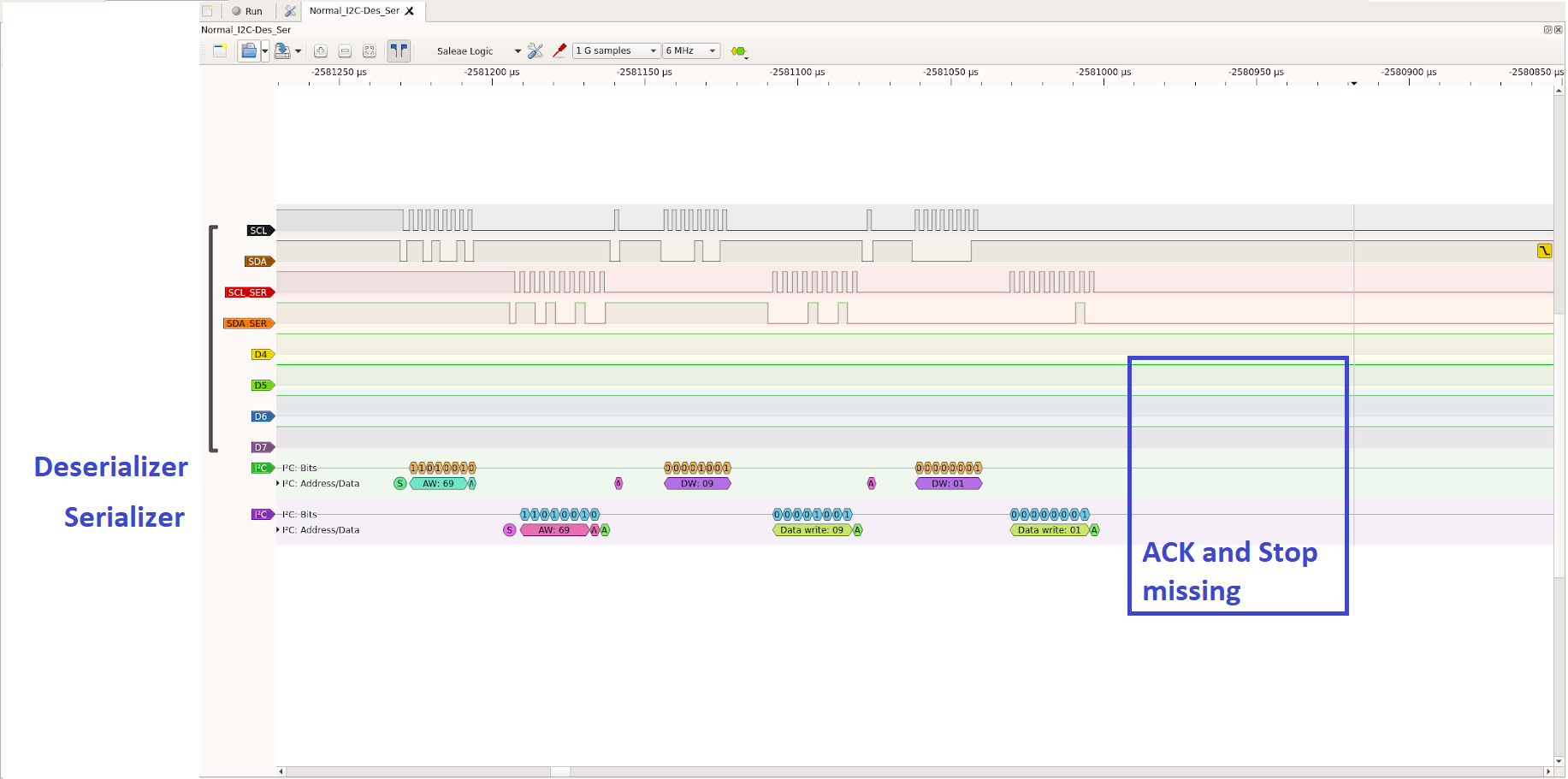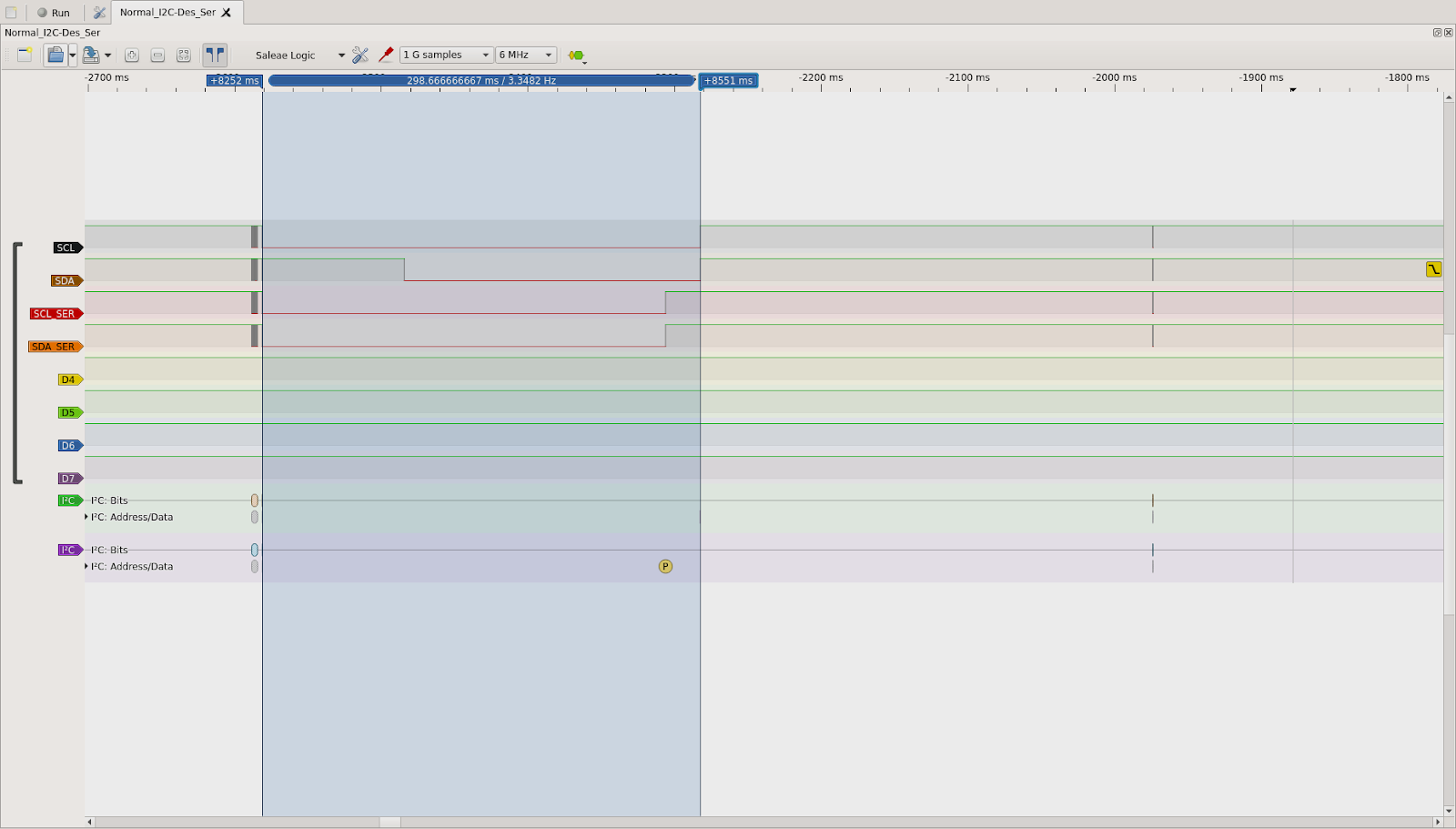Hello, Ti,
I have 2 different markings on the IC UB926QSQ.
How do I decode the code?
83AJT1UG3
73A80RUG3
Greetings
Thorsten
-
Ask a related question
What is a related question?A related question is a question created from another question. When the related question is created, it will be automatically linked to the original question.




